If you're searching for chili pepper substitutes, you've come to the right place. Whether you need a mild replacement for jalapeños in salsa, a smoky alternative for habaneros in curry, or a heat-free option for sensitive palates, we've compiled expert-backed alternatives that preserve flavor while adjusting heat levels perfectly.
In this guide, you'll find the top 10 chili pepper substitutes with detailed comparisons, usage tips, and easy recipes—so you can confidently swap peppers in any dish.
Table of Contents
- Top Reasons to Use Chili Pepper Substitutes
- Understanding Chili Pepper Heat Levels
- Top 10 Chili Pepper Substitutes: Heat Levels & Flavor Profiles Compared
- How to Use Substitutes in Cooking
- Buying Guide: Choosing the Right Chili Pepper Substitute
- Tasty Recipes to Try With Your New Substitutes
- Frequently Asked Questions About Chili Pepper Substitutes
- Final Thoughts
Top Reasons to Use Chili Pepper Substitutes
Here are common scenarios where chili pepper substitutes are essential:
- You're out of your favorite chili variety at home.
- Your dish needs less heat for certain eaters (e.g., children or sensitive palates).
- The specific chili isn't available seasonally or regionally.
- You want to experiment with new flavor profiles (e.g., smoky, sweet, or fruity notes).
Luckily, Mother Nature offers a wide array of options to mimic or complement the taste and texture of common chili peppers like jalapeños, habaneros, and poblanos.
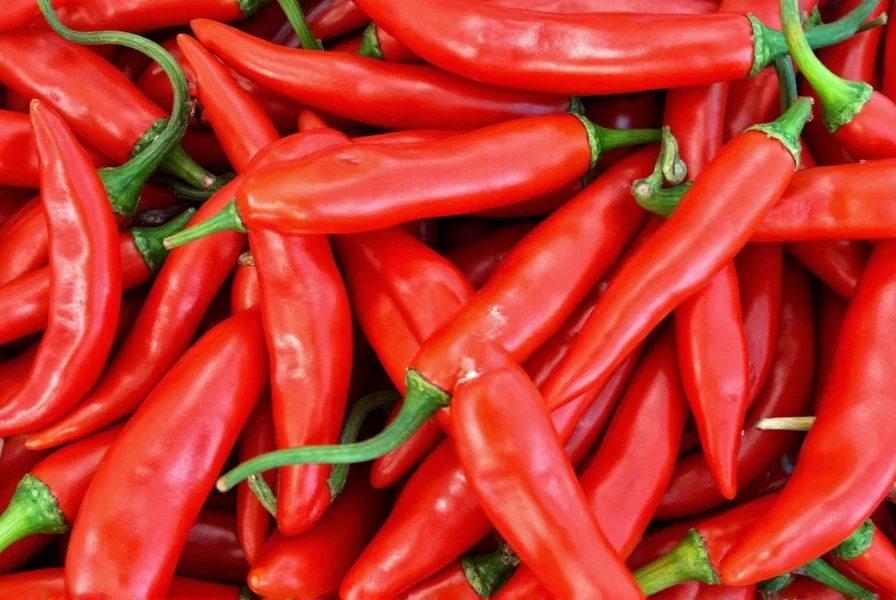
Understanding Chili Pepper Heat Levels
Before diving into substitutes, it helps to understand how heat is measured in peppers. The Scoville scale quantifies the capsaicin content in each pepper, which determines its spiciness. Knowing these levels will help you choose a suitable alternative without accidentally setting your mouth on fire—or worse, disappointing your spice-loving guests.
| Pepper | Scoville Units | Heat Level |
|---|---|---|
| Bell Pepper | 0 | Mild |
| Poblano | 1,000–2,000 | Mild to Medium |
| Jalapeño | 2,500–8,000 | Medium |
| Hatch Green Chile | Varies | Medium to Hot |
| Habanero | 100,000–350,000 | Very Hot |
| Ghost Pepper | 1,000,000+ | Extremely Hot |
Top 10 Chili Pepper Substitutes: Heat Levels & Flavor Profiles Compared
Here are our top picks for chili pepper substitutes that work well in both fresh and dried forms. Each one brings something unique to the table—literally.
- Bell Peppers – Perfect for color and crunch, but zero heat. Ideal for salsa or taco fillings when you need mildness.
- Shishito Peppers – Slightly smoky, occasionally hot. Great for grilling or as a taco garnish.
- Cubanelle Peppers – Mild and slightly sweet, often used in Latin dishes like empanadas.
- Ancho Chiles – Dried version of poblano, great for sauces and soups with deep, earthy flavor.
- Serrano Peppers – Similar to jalapeños but hotter; perfect for fresh salsas or garnishes.
- Thai Bird's Eye Chilies – Very hot, used in Southeast Asian cuisine for authentic spice.
- Scotch Bonnet – Similar to habanero, fruity and intensely spicy; ideal for Caribbean dishes.
- Cayenne Powder – A go-to powdered chili for adding heat quickly to marinades or rubs.
- Tabasco Sauce – Adds heat and vinegar tang, useful for finishing dishes like eggs or soups.
- Pepperoncini – Lightly spicy with a tangy flavor, popular in Greek salads or antipasto platters.
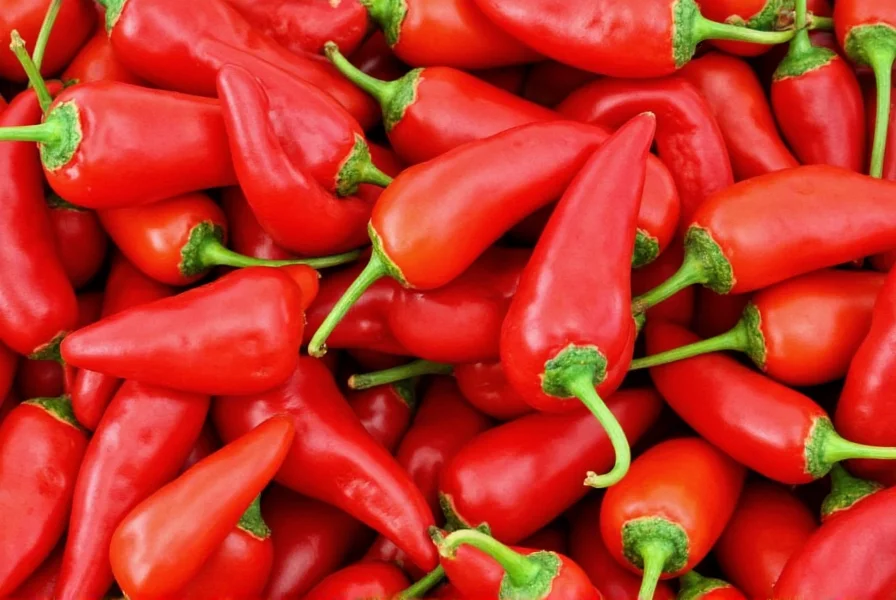
How to Use Substitutes in Cooking
Choosing the right substitute isn't just about matching heat—it's also about flavor, texture, and how the pepper is being used in the dish. Here's a quick guide to using these alternatives effectively:
For Fresh Use
- Tacos / Quesadillas: Try shishito or cubanelle peppers for milder bites—perfect for kids' meals or sensitive palates.
- Gazpacho / Salsas: Bell peppers add crispness without any burn, ideal for fresh salsa recipes.
- Grilled Veggies: Serranos or jalapeños hold up beautifully under flame; great for Mexican-style grilled vegetables.
For Cooking
- Stews & Soups: Ancho chile powder or paprika can replicate depth without overwhelming spice.
- Curries: Scotch bonnets or ghost peppers (used sparingly!) offer intense heat and flavor for authentic Indian or Caribbean dishes.
- Marinades: Cayenne or Tabasco sauce blends easily into oil-based mixtures for chicken or shrimp.
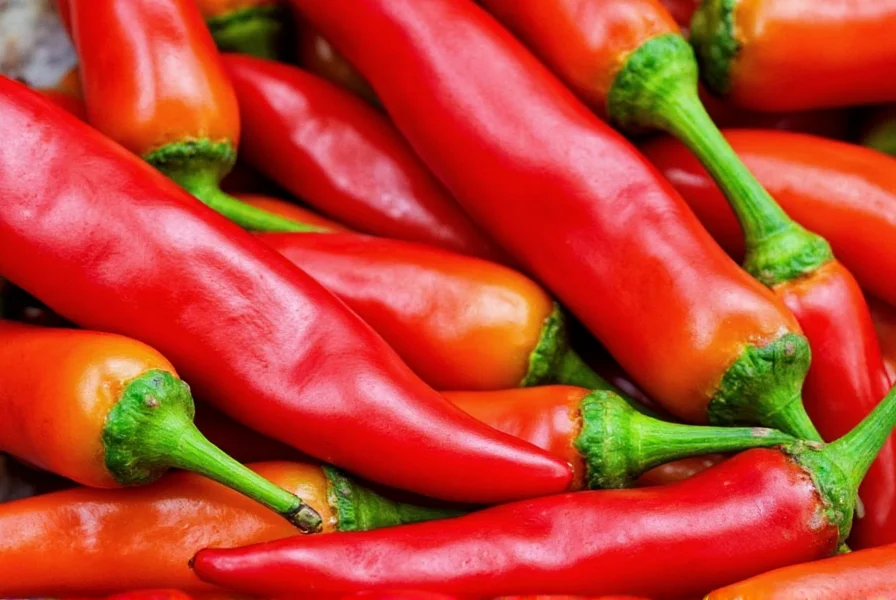
Buying Guide: Choosing the Right Chili Pepper Substitute
Shopping for chili substitutes can be overwhelming. Let's break it down by product type, availability, and best uses.
1. Fresh Peppers
- Bell Peppers: Found year-round in most grocery stores. Best for raw or lightly cooked dishes like salads or stuffed peppers.
- Serrano: More widely available than jalapeños. Store in fridge for up to a week; great for fresh salsas.
- Shishito: Seasonal in summer. Usually sold in small bundles; rinse before grilling for a mild, smoky kick.
2. Dried Chilies
- Ancho: Rich and mildly sweet. Ideal for sauces, moles, and braises—common in Mexican cuisine.
- Guajillo: Earthy with a slight citrus note. Excellent for red sauces and stews; widely available in Latin markets.
- Arbol: Spicy and bright. Common in Mexican dishes and oil infusions; perfect for adding quick heat.
3. Powders & Sauces
- Cayenne: Adds serious heat fast. Use sparingly in marinades or spice rubs.
- Smoked Paprika: Offers depth and smokiness without heat. Perfect for rubs and stews; great for vegetarian dishes.
- Hot Sauces (Tabasco, Sriracha): Easy to layer flavor. Add at the end for brightness; ideal for eggs or soups.

Tasty Recipes to Try With Your New Substitutes
Ready to put your new knowledge to the test? Try these easy, flavorful recipes using alternative peppers.
1. Grilled Shishito Tacos
- Ingredients: Shishito peppers, lime crema, corn tortillas, grilled chicken.
- Substitute Tip: Replace jalapeños in taco garnishes for a surprising, sometimes-spicy bite—perfect for family meals.
2. Sweet Potato & Ancho Soup
- Ingredients: Sweet potatoes, onion, vegetable broth, ancho powder.
- Substitute Tip: Use ground ancho instead of fresh chili for smooth texture and earthy warmth; great for cold weather.
3. Smoky Eggplant Dip with Cubanelle
- Ingredients: Eggplant, olive oil, cubanelle peppers, garlic.
- Substitute Tip: Swap out bell peppers for cubanelles to introduce subtle sweetness and light heat; ideal for Mediterranean appetizers.
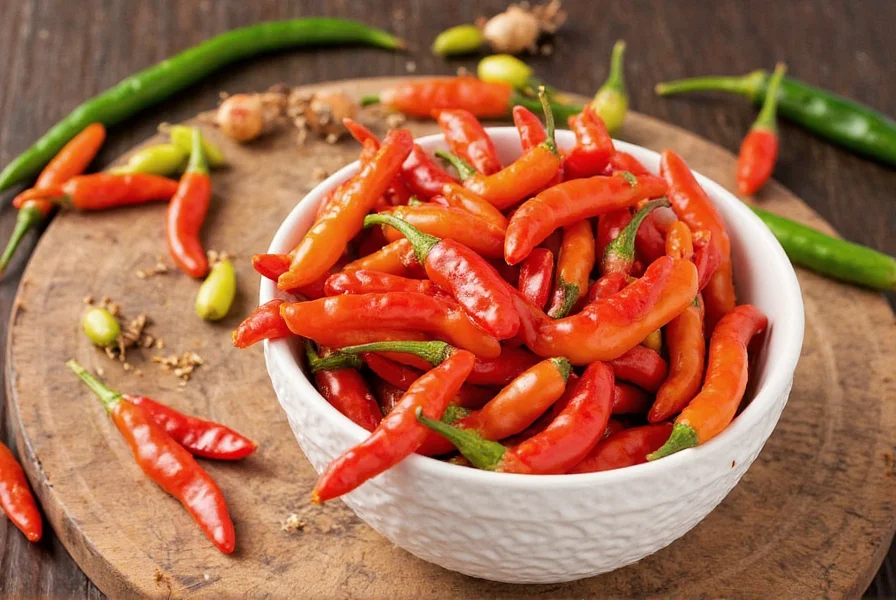
Frequently Asked Questions About Chili Pepper Substitutes
What's the best mild substitute for jalapeños in salsa?
For a mild substitute that maintains similar texture but with less heat, cubanelle peppers or poblano peppers are excellent choices. If you want zero heat, bell peppers work well in cooked salsa recipes, though they lack the characteristic chili pepper flavor.
Can I substitute dried chili peppers for fresh ones in curry?
Yes, but with some considerations. As a general rule, 1 fresh chili pepper equals about ½ teaspoon of dried chili flakes or 1 teaspoon of dried whole chili powder. Dried chilies often have more concentrated, sometimes smokier flavors, so adjust accordingly for Indian or Thai curries.
How do I reduce the heat of a dish that's too spicy for kids?
Add dairy (like yogurt or sour cream), acid (like lime juice), or sweetness (like honey). These components help neutralize capsaicin, the compound that makes chilies hot. Adding more of the other ingredients in your recipe can also help dilute the heat for sensitive palates.
What's a good substitute for habanero if I want similar flavor but less heat in Caribbean dishes?
Scotch bonnet peppers have a similar fruity flavor profile but can be slightly less intense. For significantly less heat while maintaining some fruitiness, try using a combination of bell pepper and a small amount of orange or mango puree to mimic the tropical notes in jerk seasoning.
Can I use hot sauce instead of fresh chili peppers in marinades?
Absolutely. Hot sauces vary in heat and flavor, so choose one that matches your needs. As a general guideline, 1-2 teaspoons of most hot sauces equals one medium fresh chili. Remember that hot sauces often contain vinegar, which will affect your dish's flavor profile—ideal for quick marinades.
Are chili powder and cayenne pepper interchangeable for spice rubs?
Not exactly. Chili powder is typically a blend of ground chilies and other spices like cumin and garlic powder, while cayenne is pure ground cayenne peppers and much hotter. If substituting, use about ⅓ the amount of cayenne for chili powder, or mix cayenne with other spices to mimic chili powder for rubs.
How should I store leftover chili peppers to keep them fresh for future recipes?
Store fresh peppers in the crisper drawer of your refrigerator in a paper bag (not plastic, which traps moisture). For longer storage, chop and freeze them in an airtight container, or dry and grind them into powder. Most fresh chilies last 1-2 weeks refrigerated for optimal flavor in dishes.
Final Thoughts
Spice is personal, and having a solid understanding of chili pepper substitutes means you're never stuck when the heat gets too real—or when your pantry runs dry. Whether you're going for a mellow bell pepper crunch, a smoky ancho richness, or the fiery kick of cayenne, there's always a way to bring flavor to your plate.
So next time your recipe demands chili peppers and you're out of stock or want to switch things up, grab one of these substitutes and make it your own. Happy cooking—and may your kitchen always be spicy enough!
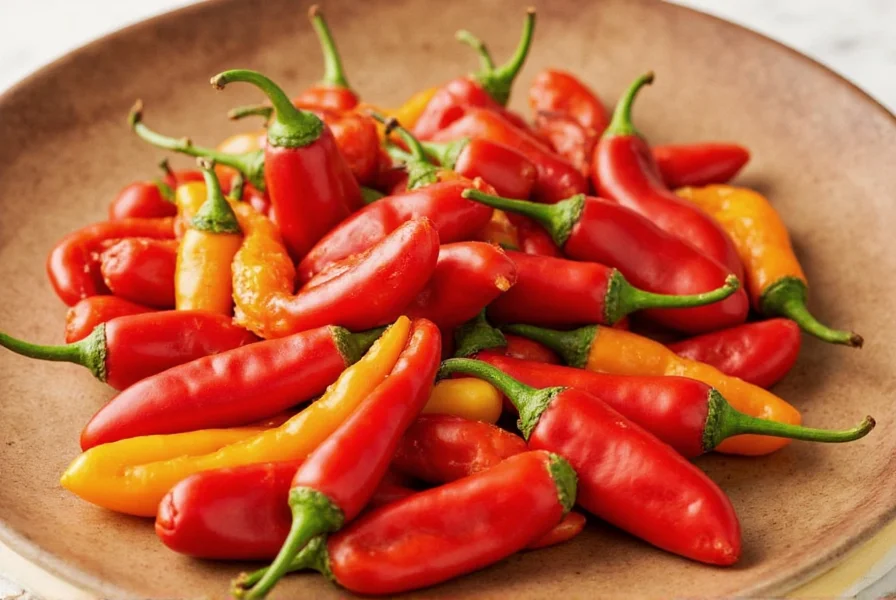

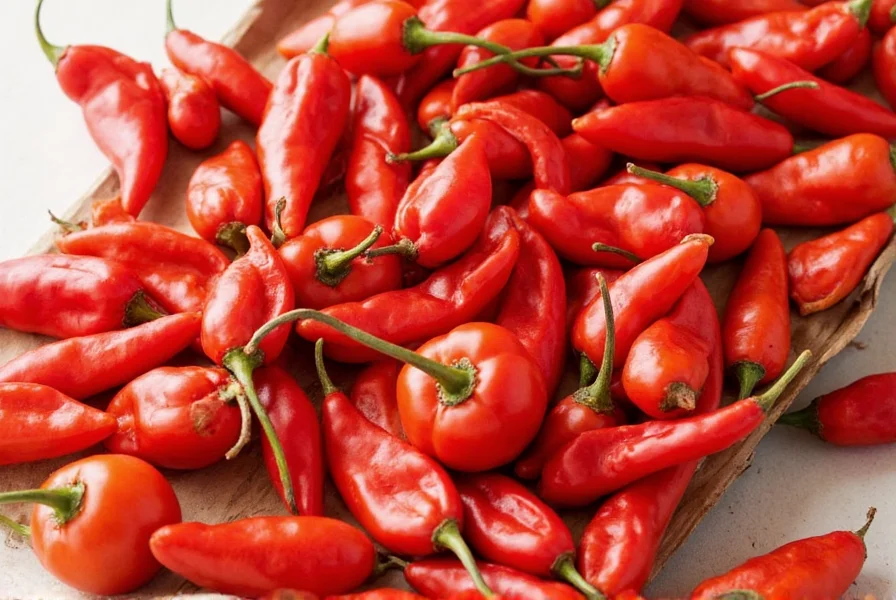









 浙公网安备
33010002000092号
浙公网安备
33010002000092号 浙B2-20120091-4
浙B2-20120091-4